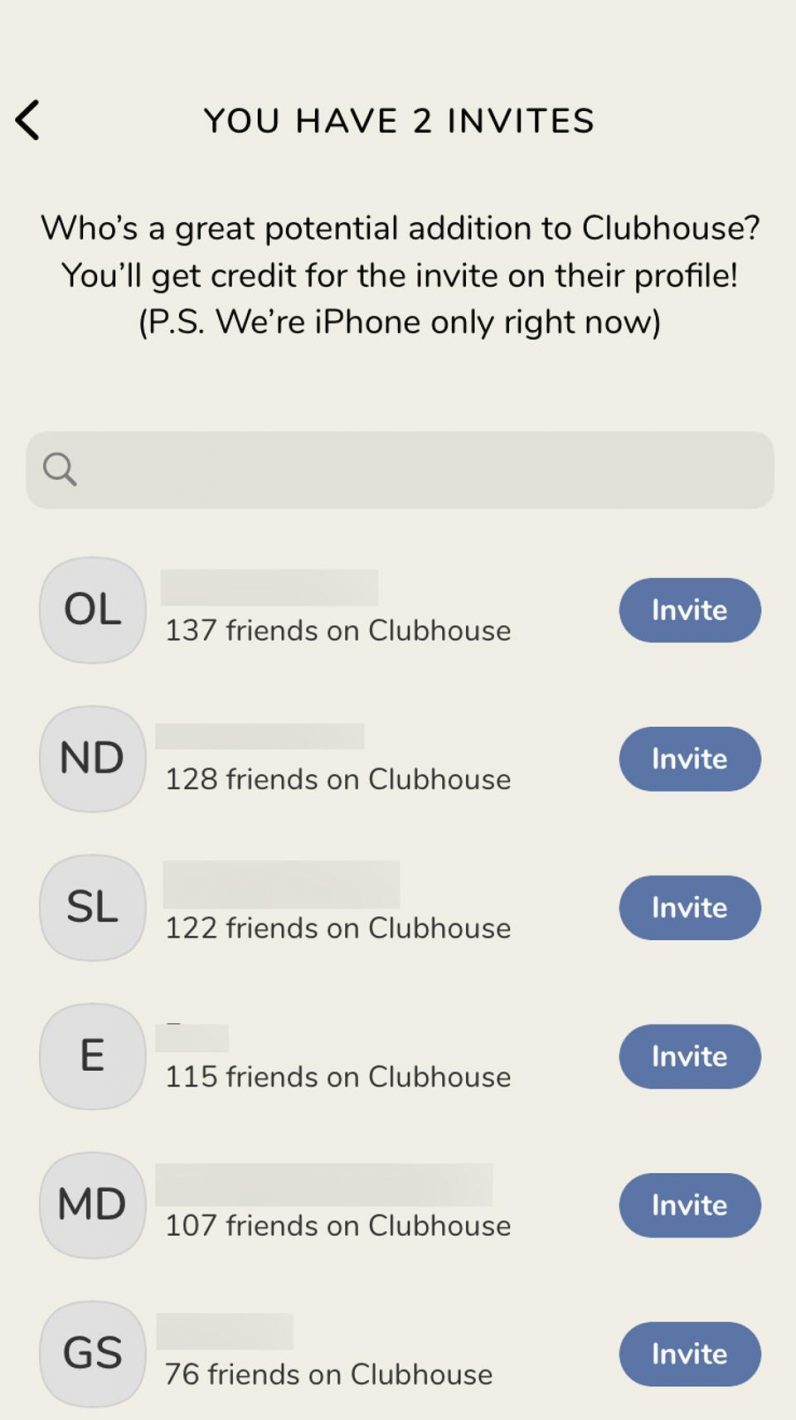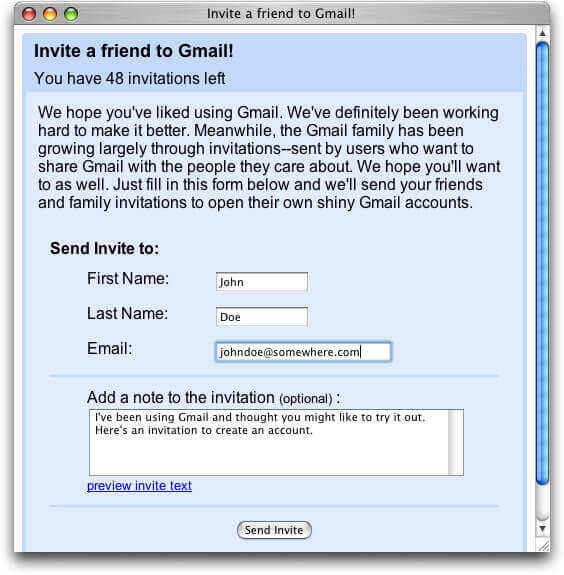But the amount of hype that Clubhouse has generated in its relatively short lifetime is oddly disproportionate to the number of users it had acquired. I’ve heard and seen Clubhouse references every single day for the last few weeks, which would usually be expected for an app that just hit 100 million downloads… not 10 million! What gives? Although Clubhouse is a social network where all members can do is talk (and listen), a remarkable amount of the conversation (and attention) is actually happening beyond the app itself. While this could be down to the fact that it has several high-profile members — I’m talking about Elon Musk, Mark Zuckerberg, Oprah Winfrey, Kanye West, and Drake, for example — its clout is being driven by the fact that it’s so hard to get into. The FOMO is real! [Read: Oh no… ‘Senior Clubhouse Executive’ is now a thing] Clubhouse might have opened its doors around a year ago, but there’s always been a burly bouncer standing outside. A digital queue that feels like it never ends. And if your name’s not down – you’re not coming in. Even now, if you download the app, the best you’re going to do is be put on the waiting list… unless you are directly invited. Clubhouse has got everyone wanting to get inside, without blowing a fortune on marketing. This kind of hype usually costs millions of marketing dollars to achieve. ? How exactly has Clubhouse achieved this? By modernizing the oldest marketing channel in the book — word of mouth — or referral marketing as we call it these days.
Word of mouth works, just ask Google
We can go all the way back to 2004 for a great example of word-of-mouth marketing in action. Gmail is obviously now a Unicorn with 1.8 billion users around the world, but 17 years ago the name Google was not in any way one that would have been associated with email. When it was first launched, Google only allowed a few people access to the service, offering each of these ‘beta’ users the ability to invite a few more friends and family. The referral program was so successful that invites to Gmail were up for auction on eBay at the time.
FOMO is a potent human emotion, and it can be engineered
Exclusivity might not seem like the best way to build a business. Common sense surely dictates that you want to get as many customers as possible. But this isn’t necessarily true — it’s no good tempting millions of people onto your platform all at once if they don’t stick around. Clubhouse’s reliance on referrals also means it’s able to attract the right kind of members in the right kinds of circles — a key ingredient to create FOMO. It really is this simple: if a product or service is worth talking about, people want to tell their friends. By growing its membership through a referral-based model, Clubhouse is tapping into existing networks of friends, families, and colleagues. People who already trust each other and know each other’s tastes, likes, and dislikes. This means that when your friend recommends a product, you find yourself wanting it even before you’ve clicked that link.
Referrals can save you millions
If a company has a good product or service, customers will want to refer their friends. You just have to give them a reason to refer and make it easy for them to do so. If you get this right you could save millions on marketing. ? To me, Clubhouse’s incredible success showcases the true power of referral marketing and also its simplicity. By contrast, countless businesses have spent millions on ads attempting to build that kind of trust (and noise), when all they needed to do was ask their customers to refer their friends… It’s now easier than ever to follow the likes of Clubhouse and Google — so go for it! Easy-to-use marketing tools have made launching a referral program simple and affordable, so there really is no reason not to give it a try!

